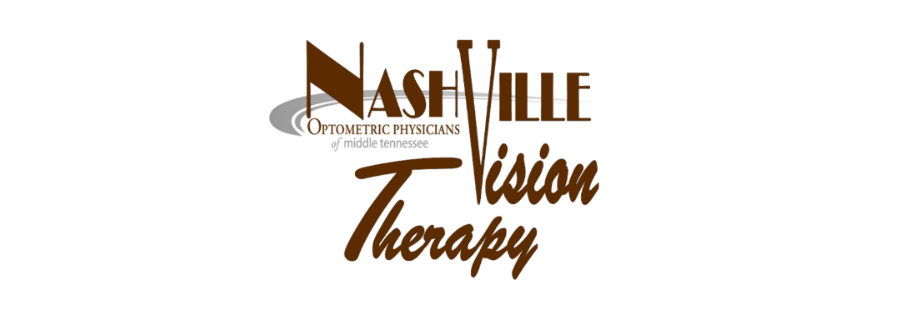When a child starts Vision Therapy we test their primitive reflexes and we integrate reflex exercises into our vision therapy plan. A lot of my parents ask questions like, "What are primitive reflexes?", and "How does this relate to the visual system?". For the next couple blogs we will go over all those questions.
First, primitive reflexes are the basic reflexes we are born with.
Take for example an infant child. When the child’s head is turned to one side, both his leg and arm automatically turn in the same direction. This is known as the Asymmetric Tonic Neck Reflex. As another example, when an infant is stroked on the lower back, his side muscles automatically contract performing what is known as the Spinal Galant Reflex. Lastly, when an infant is startled, he opens his eyes, throws his head back, and spreads his hands wide for what is called the Moro Reflex.
Through these basic concepts physicians can determine the development of the infant based on the progression of their primitive reflexes.
Ideally, the child’s primitive reflexes develop accordingly as he or she ages and advances in development. The body naturally integrates itself with the reflex or inhibits the reflex depending on the developmental stage.
It is crucial that the body moves through these developmental stages and primitive reflexes according to nature’s plan. When the body fails to initiate, integrate, or inhibit these reflexes, the system automatically locks down in the developmental stage it is in.
This “lock down” can restrain maturation of the body’s neural systems and possibly lead to learning disabilities that range from mild to severe.
Next week we will talk about how retained reflexes have the potential to cultivate learning disabilities. Stay tuned!


please sent me images of primitive reflexes
ReplyDeletethanks for your kinedness
ReplyDelete